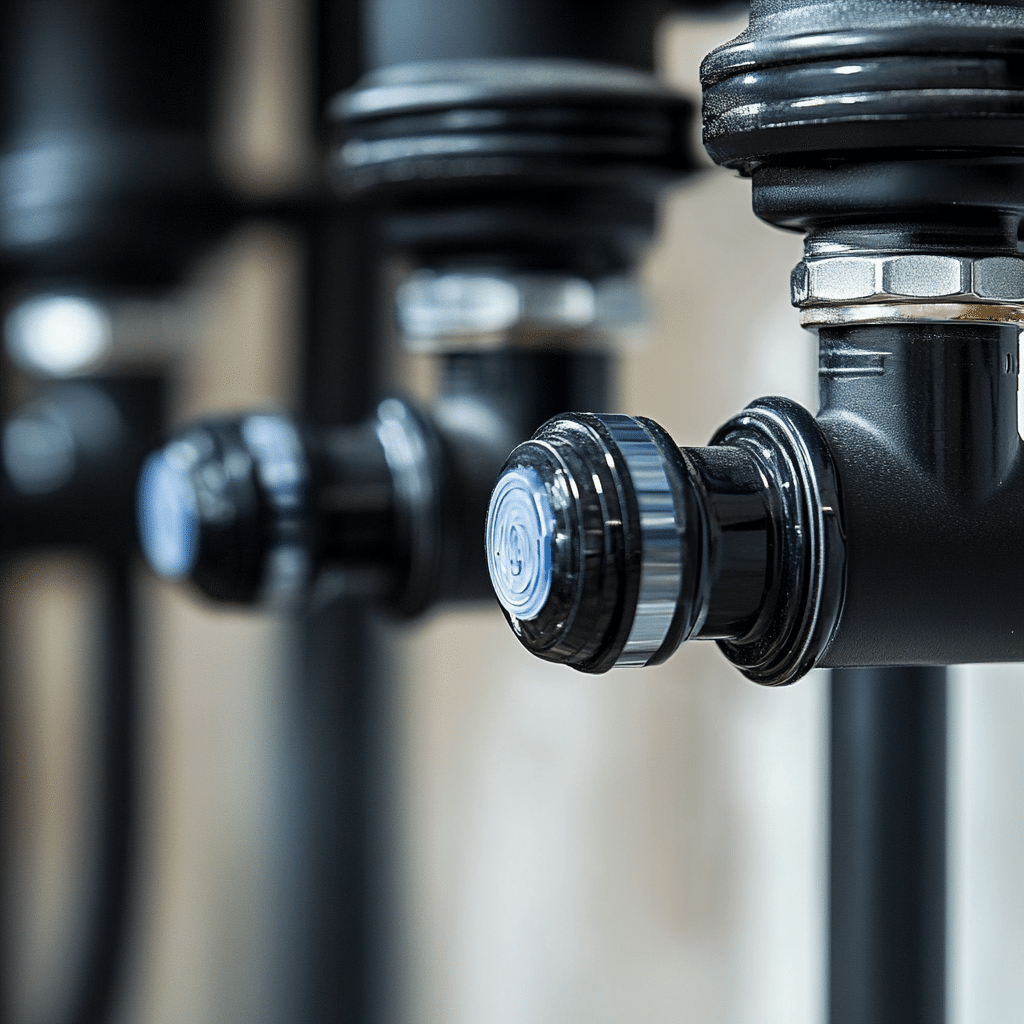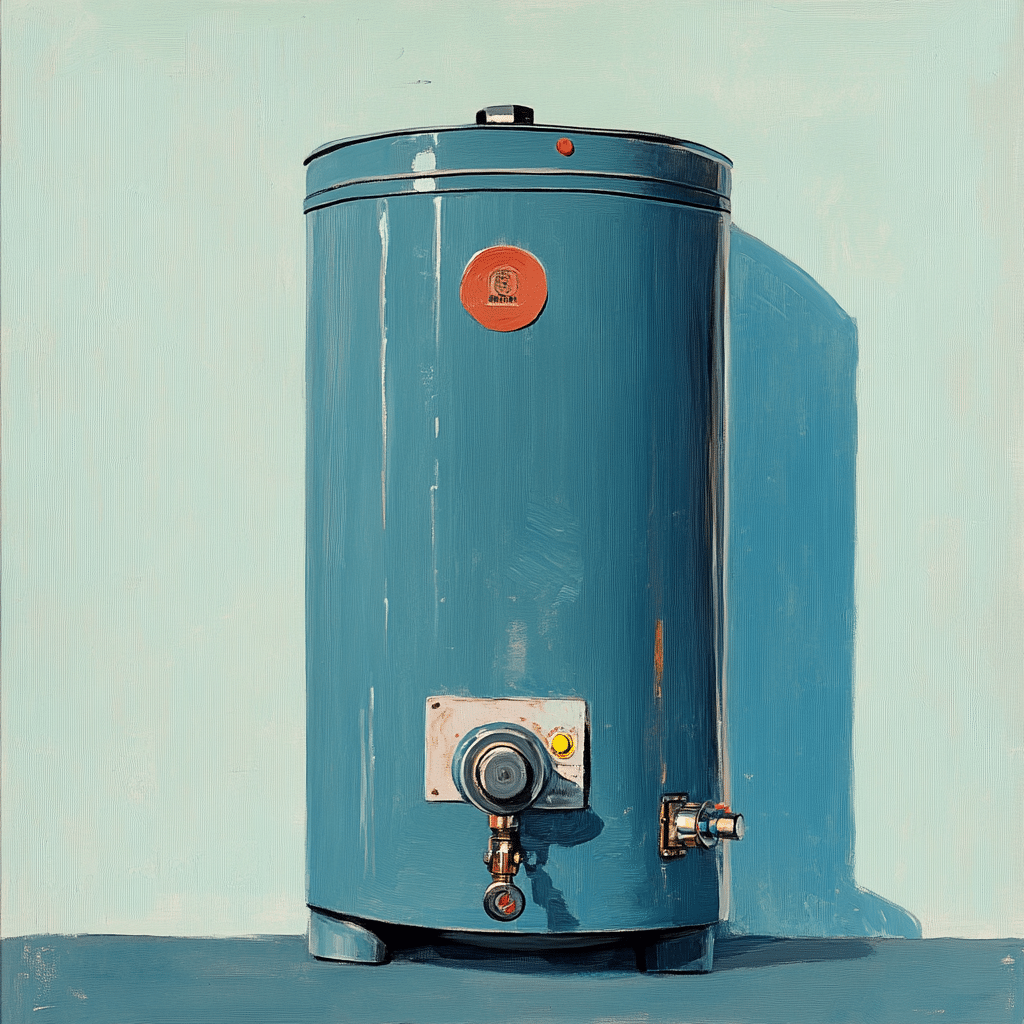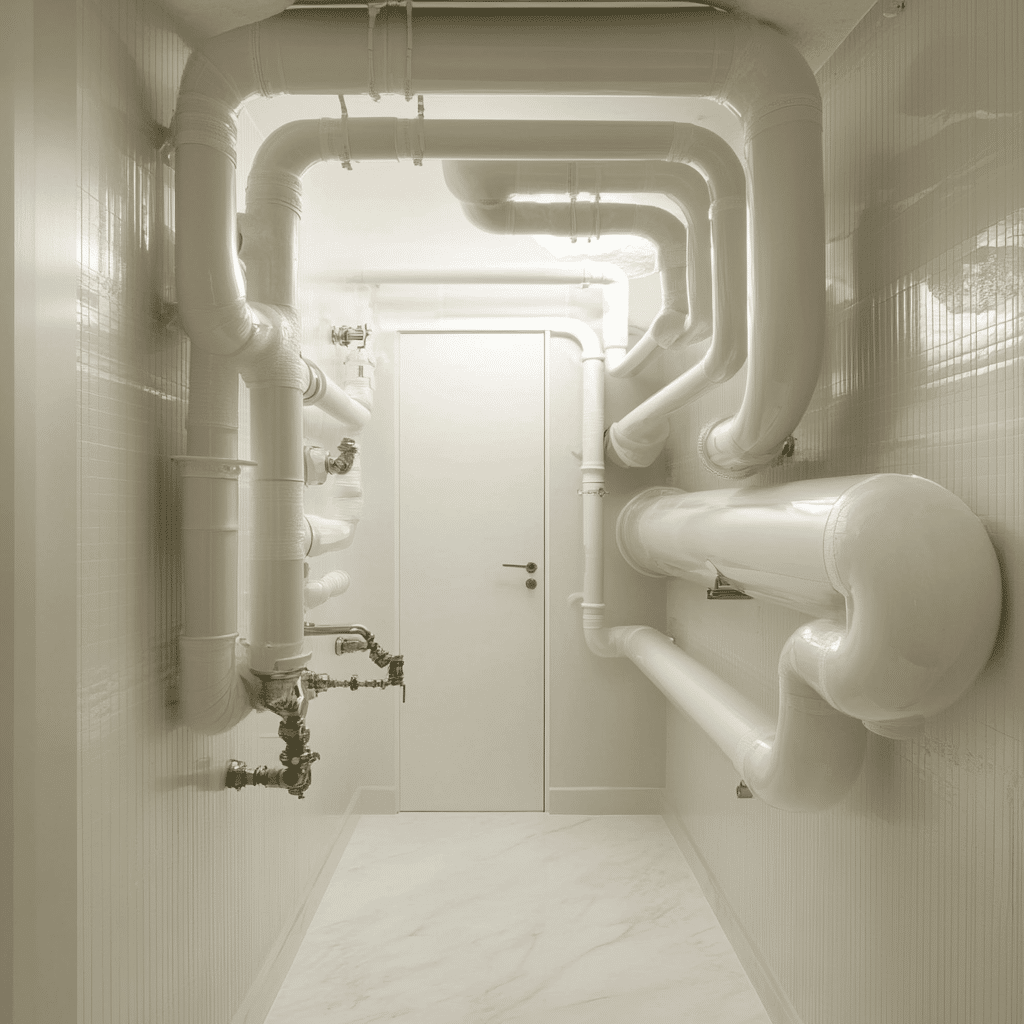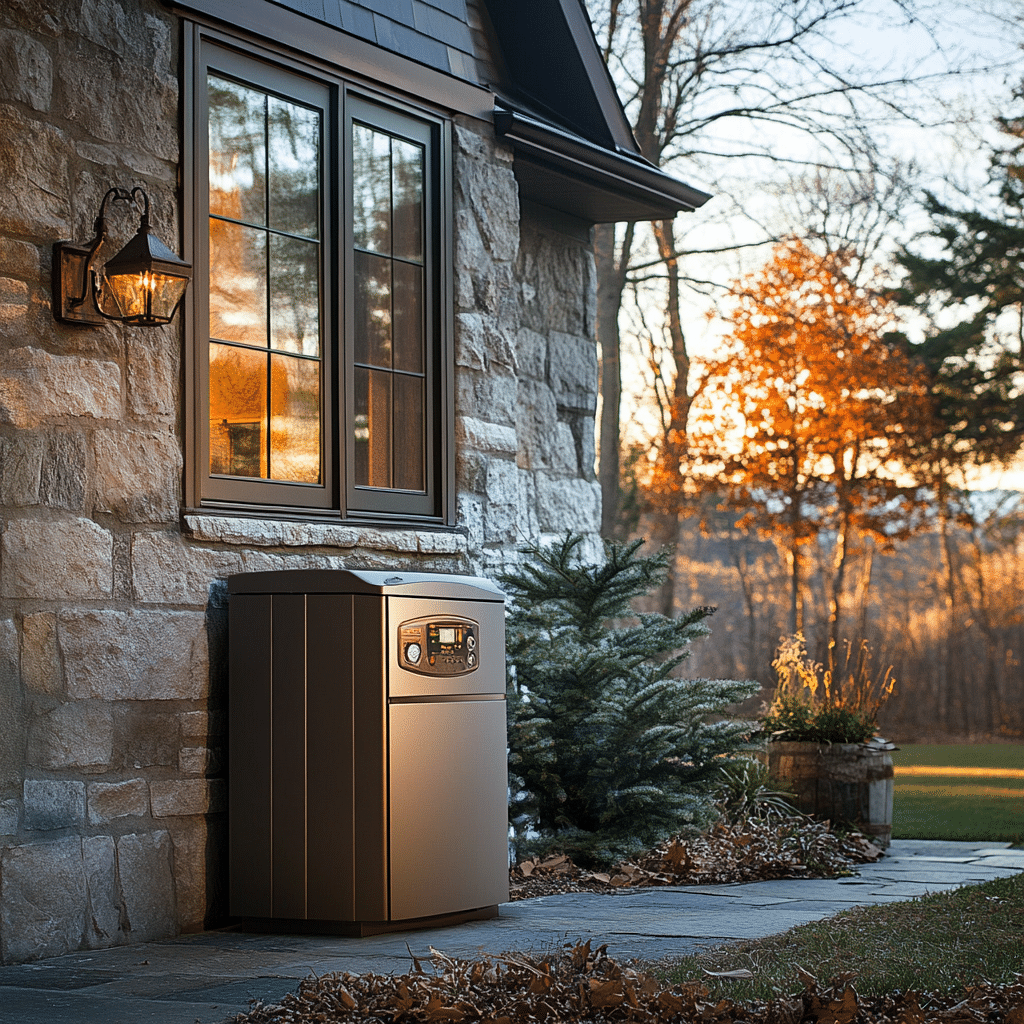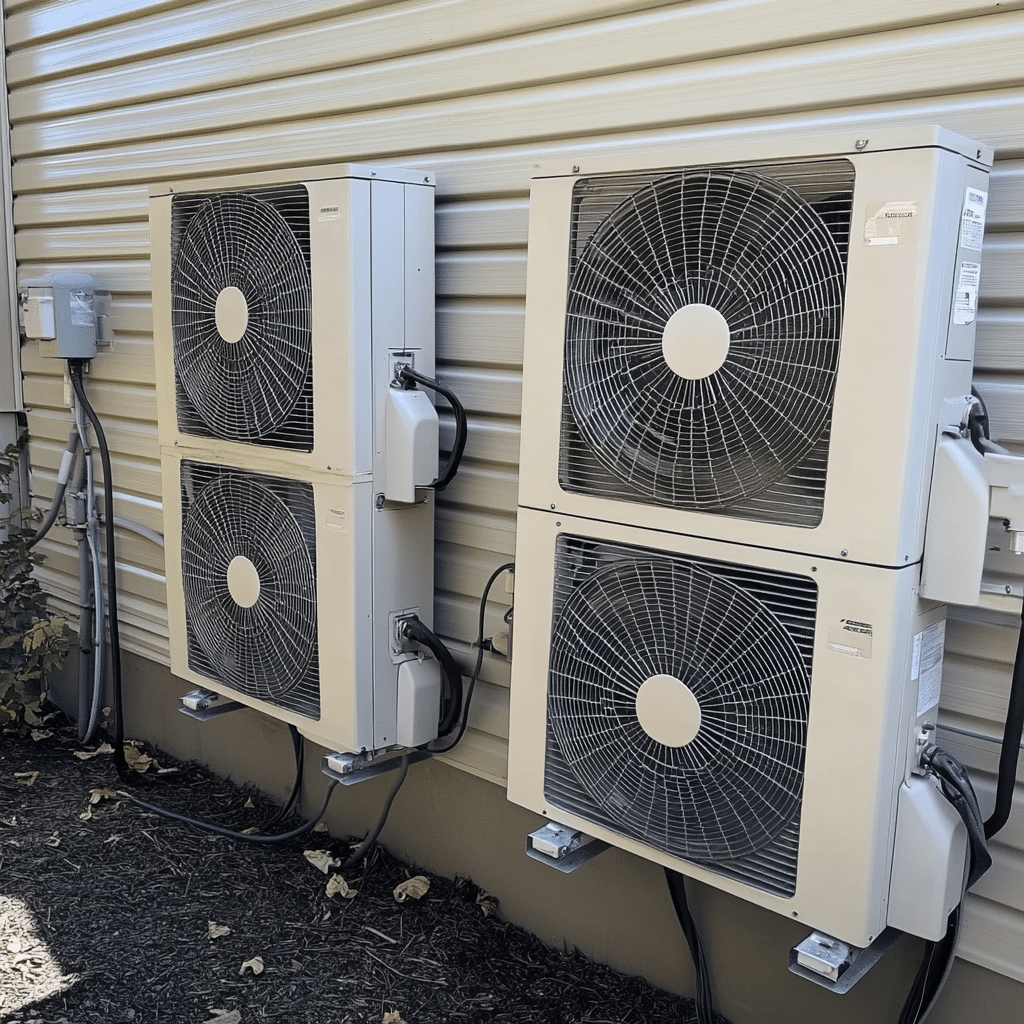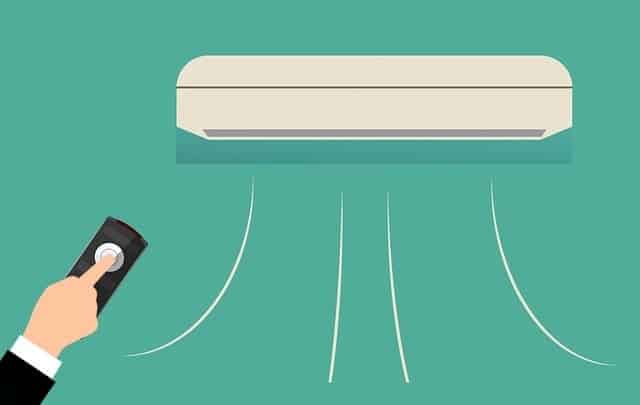When building a new home or undergoing a renovation, one of the most critical aspects of the process is choosing the right home plumbing systems. A properly designed and installed plumbing system ensures your home remains functional, efficient, and free of future issues. Whether you’re constructing a new home or remodeling an existing space, understanding your options and working with a professional plumber is essential for a seamless experience.
In this blog, we’ll guide you through the factors to consider when selecting the right plumbing system for your needs, whether for new construction or a remodel.
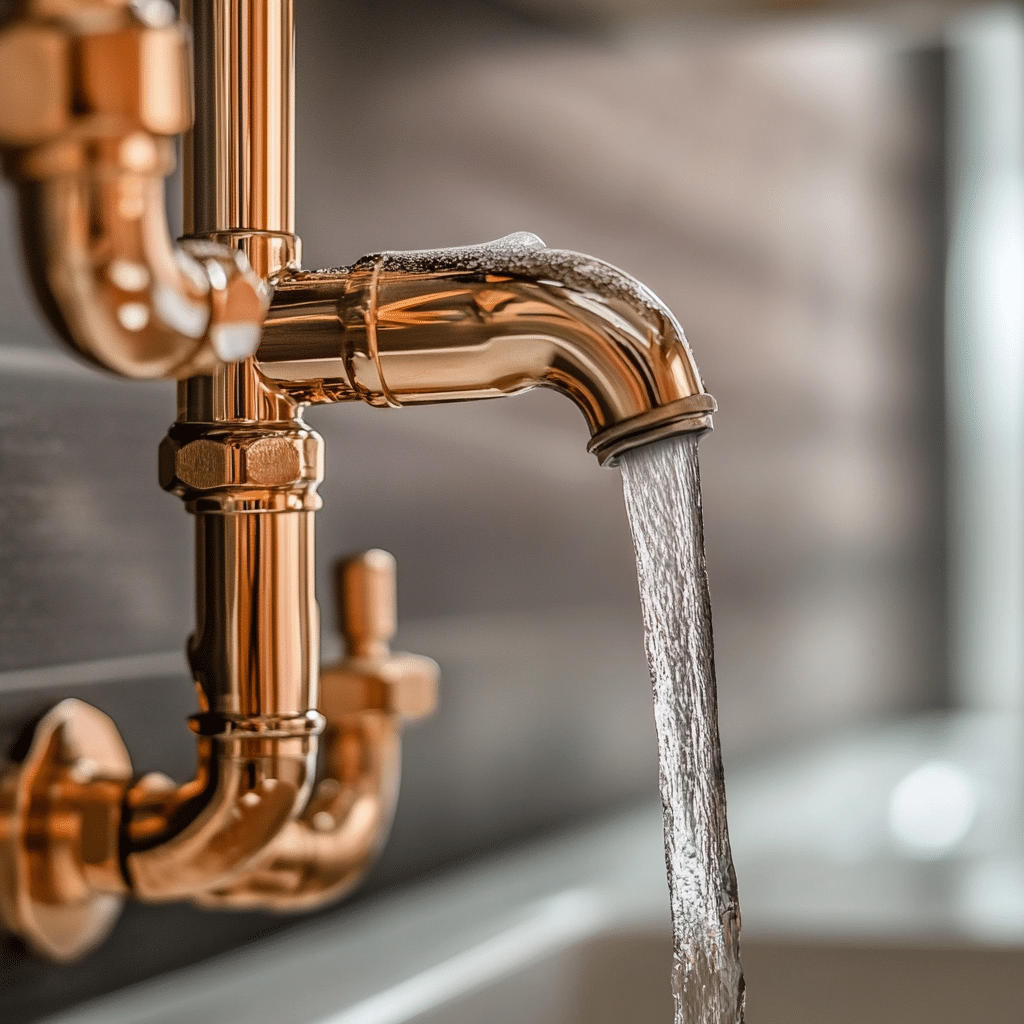
1. Understanding Your Home’s Plumbing System
Understanding your home’s plumbing system is essential for maintaining a safe and healthy living environment. A home’s plumbing system is a complex network of pipes, fixtures, and appliances that work together to provide clean water, remove waste, and facilitate various essential functions within a household. The plumbing system consists of three main components: the water supply system, the drainage system, and the venting system.
The water supply system brings clean water into your home from a municipal supply or a private well. This system operates under pressure, allowing water to flow through pipes to faucets, showers, and appliances. The drainage system, on the other hand, removes wastewater and sewage from your home, channeling it to either a septic system or a sewage treatment plant. The venting system regulates air pressure within the plumbing and allows sewer gases to escape safely.
Regular maintenance is crucial for a plumbing system to function efficiently. This includes checking for leaks, inspecting pipes and fixtures, cleaning drains and traps, and checking water pressure. By understanding your home’s plumbing system, you can identify potential issues, troubleshoot problems, and make informed decisions about home maintenance, renovations, and improvements.
1. Assess Your Home’s Water Usage Needs
The first step in choosing the right plumbing system is to consider your household’s water usage. Larger families or homes with multiple bathrooms may require a more robust system to meet high demand. Additionally, if you’re adding new fixtures or appliances like a large water heater, multiple bathrooms, or a new kitchen, you’ll need to ensure the plumbing system is capable of handling the increased load. It’s important to ensure that water supply lines can handle the increased load to maintain efficiency and prevent issues.
Plumbing systems are designed to accommodate a certain flow of water, and choosing one that matches your needs is essential for maintaining pressure and efficiency. Working with a professional plumber can help you determine the size and capacity of the system to ensure it’s adequate for your household’s demands.
2. Choose the Right Piping Material
The type of pipes used in your plumbing system plays a significant role in its efficiency, durability, and maintenance requirements. There are several common piping materials to consider:
- Copper Pipes: Known for their durability and resistance to corrosion, copper pipes are often used in both residential and commercial plumbing systems. They are a great choice for hot and cold water lines but may be more expensive than other materials.
- PVC Pipes: Made from plastic, PVC pipes are lightweight, affordable, and easy to install. They are ideal for waste lines, drains, and vent systems. However, they are not recommended for hot water lines as they can soften under high heat. Choosing the right material for drain pipes, such as PVC or ABS, is crucial for ensuring flexibility, impact resistance, and maintaining a proper slope to prevent clogs and ensure efficient wastewater flow.
- PEX Pipes: A flexible plastic material that is increasingly popular for new constructions and remodeling projects, PEX is known for its ease of installation and resistance to freezing. It’s a versatile option for both hot and cold water lines and can be a cost-effective choice for home plumbing.
Each material has its pros and cons, so consulting with your plumber can help you make the best choice based on your home’s needs and budget.
3. Consider Water Heater Options
Selecting the right water heater is another critical factor in your plumbing system. Depending on your needs, you may choose between traditional tank water heaters, tankless water heaters, or hybrid systems. Tankless water heaters are ideal for smaller homes or families that need hot water on demand without the space and energy usage of a traditional tank.
- Tank Water Heaters: These are great for larger homes with high water usage and provide a large supply of hot water. However, they take up more space and use energy to continuously heat the water in the tank.
- Tankless Water Heaters: These compact units provide hot water on demand and are energy-efficient, as they only heat water when needed. They are perfect for smaller homes or homes with low-to-moderate water usage.
- Hybrid Water Heaters: These combine the benefits of both tank and tankless systems, providing efficiency and a reliable supply of hot water.
Choosing the right water heater depends on your family’s usage habits, space constraints, and energy efficiency goals.
4. Incorporate Water-Saving Fixtures
For new homes and remodels, incorporating water-saving fixtures can help reduce water waste and lower utility bills. Low-flow toilets, faucets, and showerheads are all designed to use less water without compromising performance. Installing these fixtures as part of your plumbing system can enhance sustainability and contribute to long-term savings.
Washing machines also play a crucial role in the overall plumbing infrastructure, requiring proper connections for both water supply and drainage. Ensuring correct installation and maintenance of washing machines is essential for optimal performance and longevity.
Additionally, consider installing a water filtration system to improve water quality and ensure the safety of your family. These systems can help remove contaminants from your water supply, making it safer for drinking, cooking, and bathing.
7. Planning Your Plumbing Layout
Planning your plumbing layout is crucial for a well-functioning plumbing system. A well-planned system can save considerable water and energy, reduce the risk of leaks and clogs, and improve the overall efficiency of your plumbing system.
When planning your plumbing layout, consider the following factors:
- Efficient Fixture Placement: Grouping fixtures and appliances that use water can significantly reduce the amount of piping needed and improve efficiency. For example, placing the kitchen, laundry room, and bathrooms close to each other or stacked in multi-story homes can minimize pipe runs and reduce heat loss in hot water lines.
- Direct Pipe Runs: Shorter pipe runs not only save on material costs but also improve water pressure and reduce heat loss in hot water lines. When planning the layout, aim to create the most direct routes possible between the water heater and fixtures, while still allowing for proper slope in drain lines.
- Future Expansions: Planning for future expansions can save significant time and money if you decide to renovate or add to the home later. Having foresight in the early stages of design allows for easier integration of new fixtures and systems without the need for extensive rework.
By considering these factors, you can create a plumbing layout that is efficient, effective, and easy to maintain.
5. Plan for Future Needs
When selecting your plumbing system, it’s essential to plan for future needs. Whether you’re adding an extra bathroom, finishing a basement, or expanding your kitchen, your plumbing system should be flexible enough to accommodate changes. Understanding the different types of plumbing systems is crucial for future expansions, as it helps in effectively troubleshooting and maintaining residential plumbing. This may include adding additional water lines, upgrading your water heater, or expanding drainage capacity.
Anticipating future needs and working with a professional plumber who can design an adaptable system ensures that your home will be ready for future expansions without costly plumbing renovations.
6. Proper Installation is Key
Even the best plumbing system won’t perform optimally without professional installation. Proper installation ensures that all pipes, fixtures, and appliances are connected and functioning as intended, preventing leaks, clogs, and inefficient water flow. Proper installation is also crucial in preventing clogged drains, which can be caused by hair, soap scum, and debris.
Contact us to work with an experienced plumber who understands local building codes and regulations, ensuring that your system is installed correctly. Additionally, proper installation helps prevent common issues such as low water pressure, water hammer, and poor drainage that could lead to costly repairs down the line.
Choosing the right plumbing system for your new home or remodel is essential for ensuring long-term comfort, efficiency, and functionality. By considering factors such as water usage needs, piping materials, water heater options, and future flexibility, you can select a system that best fits your home. Work with a licensed plumber to ensure proper installation and avoid costly problems in the future. With the right plumbing system in place, you’ll have peace of mind knowing that your home’s plumbing is reliable and ready to meet your needs for years to come.
